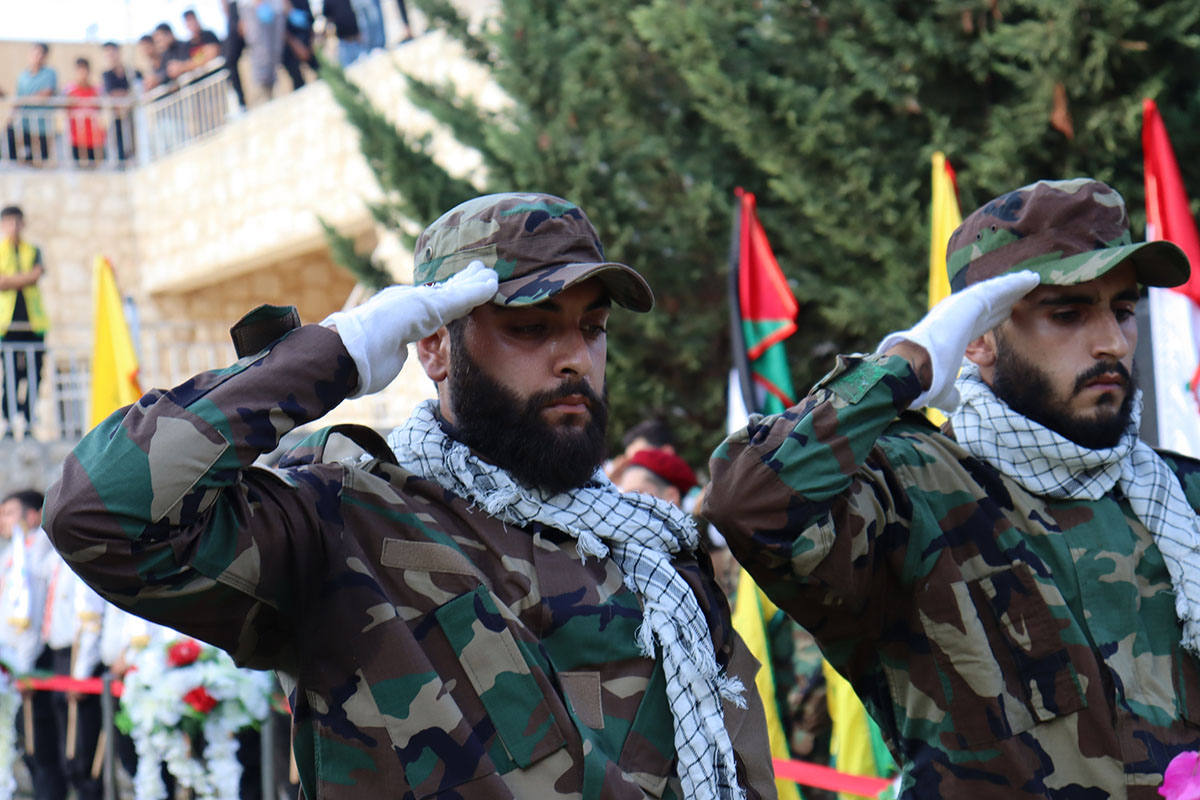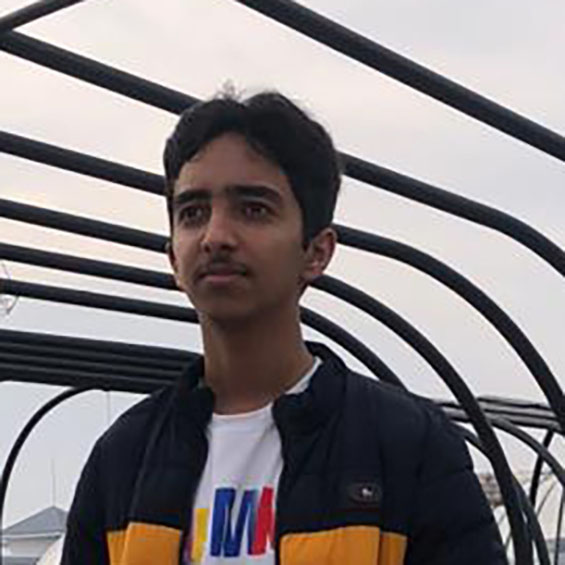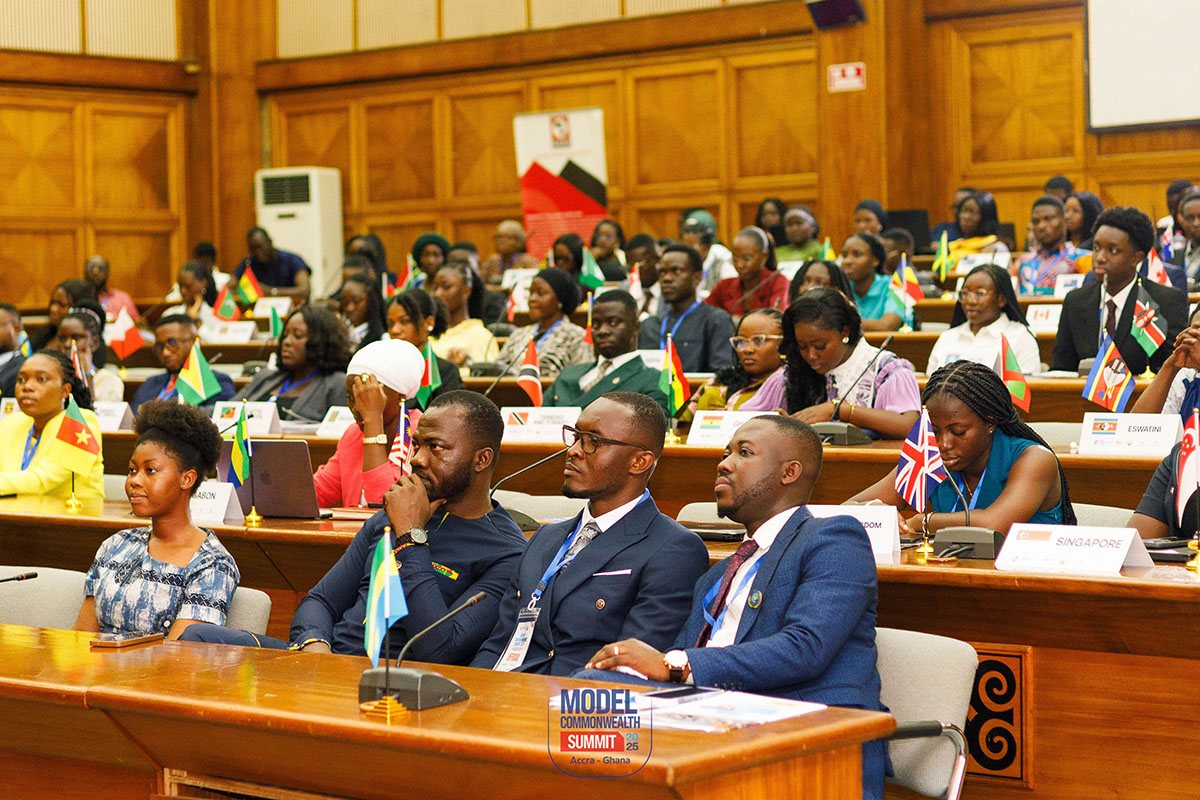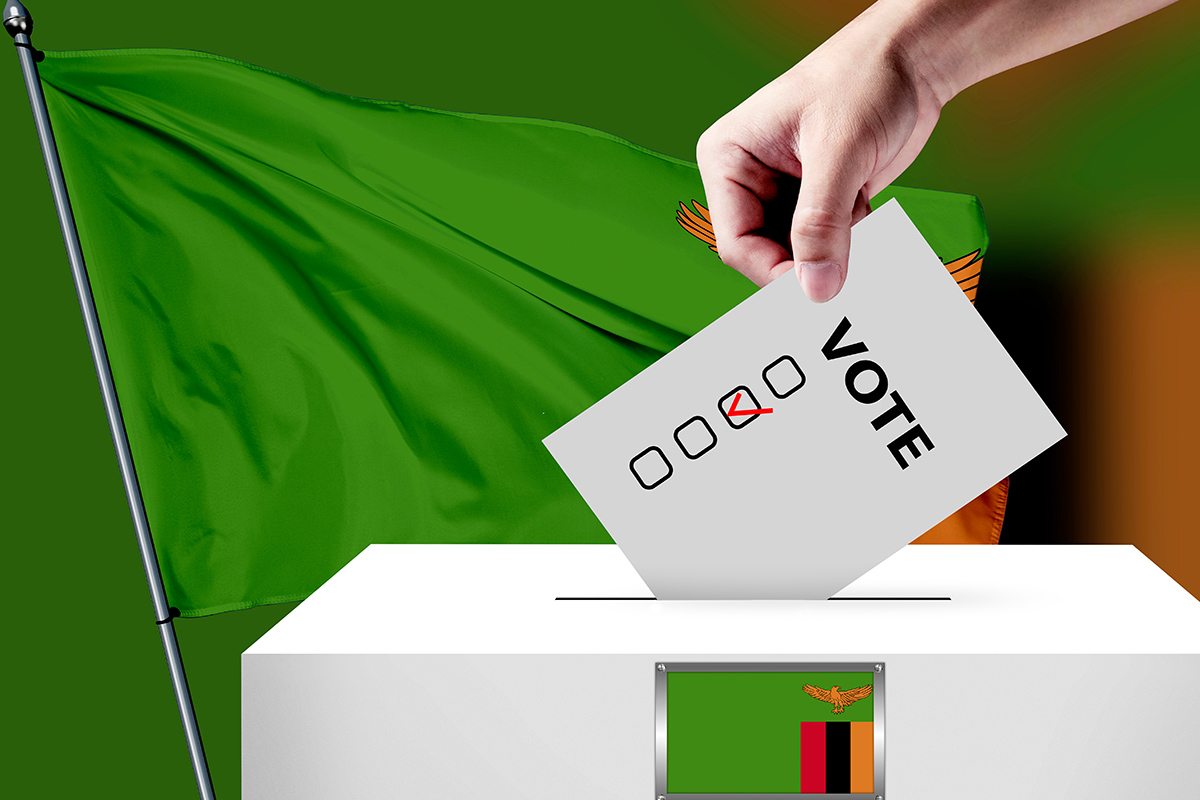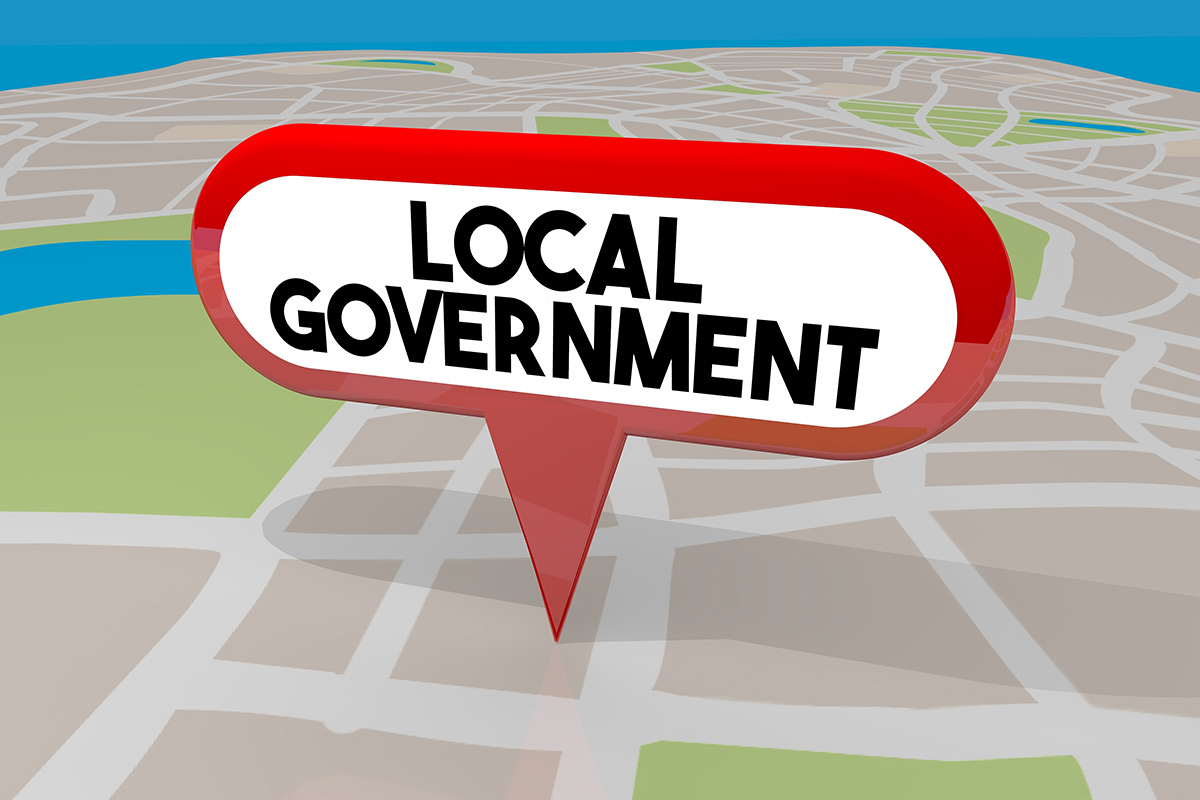Proxies of Iran and the Middle East: A Struggle for Regional Supremacy
October 7by Faseeh Abbas
Militias and other non-state actors throughout the Middle East have, for the past few years, become a central theme in building conflicts, especially in the Israel-Palestine struggle. Most of them are affiliated to or influenced by Iran, whose proxy support strategy has led to a key question: why does Iran heavily rely on these militias, and who are the people are in the middle of this intricate web?
Iran’s Transition after 1979: From Friend to Foe
Up until the 1979 Islamic Revolution, Iran was one of the most modernized and westernized states in that region. When Shah Mohammad Reza Pahlavi was in power, Iran was one of America’s twin pillars within the Middle East, promoting an agenda of secularism, royalism, and commitments to Western orientations. But everything changed for Iran after that revolution which toppled the Shah and established an Islamic Republic.
Ayatollah Khomeini, leader of the revolution, demanded the establishment of Islamic republics across the Middle East. Iran, being predominantly Shi’a, sought to lead the larger world of Shi’a Muslims and, therefore, do battle with these dominantly Sunni Arab monarchies in this region. Two chief aims of Iran’s new foreign policy were to weaken United States and Western influence in the Middle East, and, on the other hand, to confront the monarchies; most of which boast significant Shi’a majorities.
In this turn of events, Iran cut its ties with the United States and Israel and became a state that espouses communism and supports Islamist movements that share the same vision about governance. This provided Iran the excuse to embark on a spate of sponsoring militias and other non-state actors across the globe.
The Power Vacuum Post-Arab Spring
The uprisings of the Arab Spring (2010–2011) shook the balance of power in the region, creating a power vacuum. Regimes across Egypt, Libya, and Syria, among others, were toppled or severely weakened. Where most movements began with an objective for democratic change, as chaos engulfed so too was there a chance for both regional hegemonic rivals, Iran and Saudi Arabia, to extend their influence.
Fearing that the uprisings would spread to the Arabian Peninsula, Saudi Arabia adopted a foreign policy of keeping at arm’s length republics or governments backed by Shi’a majorities on its borders — a policy akin to the 21st-century version of the Brezhnev Doctrine. Iran responded by expanding its proxy strategy, sinking roots more deeply into what some call the “Shi’a Crescent,” a region reaching from Lebanon through Syria, Iraq, and Saudi Arabia to Yemen, where Shi’a populations could be mobilized in support of Iranian interests.
Why Proxies? Iran’s Strategy for Influence
The reliance of Iran on proxies is more practical than ideological. After the Iran-Iraq War (1980–1988), it realized that a direct military confrontation with its regional adversaries would cost too much and was not viable at all. It had, therefore, adopted militias and proxy groups to expand its reach without an openly declared war. The proxies have multifarious roles such as the indirect war against its opponents, countering Saudi and Arab influence and maintaining themselves as the de-facto leader of Shia movements.
Key actors within the Iranian Proxy Network
Hezbollah (Lebanon): One of the best-known and most influential Iranian proxy organizations, Hezbollah was founded in the early 1980s as an offshoot of the Lebanese Civil War. Hezbollah is arguably one of the more powerful of Lebanon’s political actors, with further involvement in the Syrian Civil War on behalf of President Bashar al-Assad, yet another Iranian ally.
Popular Mobilization Forces (PMF) (Iraq): A collection of primarily Shi’a militias, PMF emerged in the course of the campaign against ISIS. Some of its sectors are decidedly pro-Iranian, giving Iran considerable levers of influence in Baghdad.
Houthis: With the Yemeni Civil War, which has transformed into a proxy war between Iran and Saudi Arabia, being an actualization of disastrous humanitarian costs for Yemen, Iran has been supporting the Houthi rebels against the Saudi-backed government of Yemen.
Shia Militias in Syria: In order to respond to the Syrian uprising and to protect the regime of Bashr al Assad, Iran has been able to activate Shi’a militias from Iraq, Afghanistan, and Pakistan. Essentially, these groups have been vital in keeping up Iranian influence in Syria, which is a strategic partner in the region.
Other group, Palestinian Islamic Jihad (PIJ): Hamas has received backing from Iran, but it is more directly a proxy for Tehran. As a matter of fact, the background that ties PIJ with Iran rests on a shared purpose of fighting Israel. Iran has provided the group with arms as well as training to stage their attacks.
Iran and the Israeli-Palestinian Conflict
Iran’s influence over the issue of Israel-Palestine is mainly through support of organizations like Hezbollah and Palestinian Islamic Jihad. Through this, it gives itself a chance to firmly stand on the opposite side of Israel and present itself as a protector of Palestinian interests, far from the battle.
The recent flare-up between Israel and Palestinian militias also brought to the focus the role of Iran as an arms supplier and financier of those militias. This new development adds another dimension to the conflict in that its proxies not only challenge Israel but tend to strengthen Iran’s regional ambitions.
Conclusion: Iran’s Long-Term Strategy
These are proxies that Iran uses to exert influence over its region, counter its adversaries, and extend its power beyond its borders. Proxy forces provide Iran with a means of staying a significant player in regional conflicts where open states-to-states warfare is tremendous and uncertain. Tension continues to rise in locations like Yemen, Syria, and Gaza, and the position of Iranian-backed militias is going to be a vital question throughout the ongoing battle of supremacy in the Middle East.
Further Reading:
- https://www.wilsoncenter.org/article/irans-islamist-proxies
- https://www.csis.org/analysis/war-proxy-irans-growing-footprint-middle-east
- https://www.brookings.edu/articles/the-path-forward-on-iran-and-its-proxy-forces/
- https://www.cfr.org/article/irans-regional-armed-network
- https://blogs.lse.ac.uk/mec/2023/11/10/geopolitics-of-the-new-middle-east-and-its-implications-for-irans-regional-policy/
